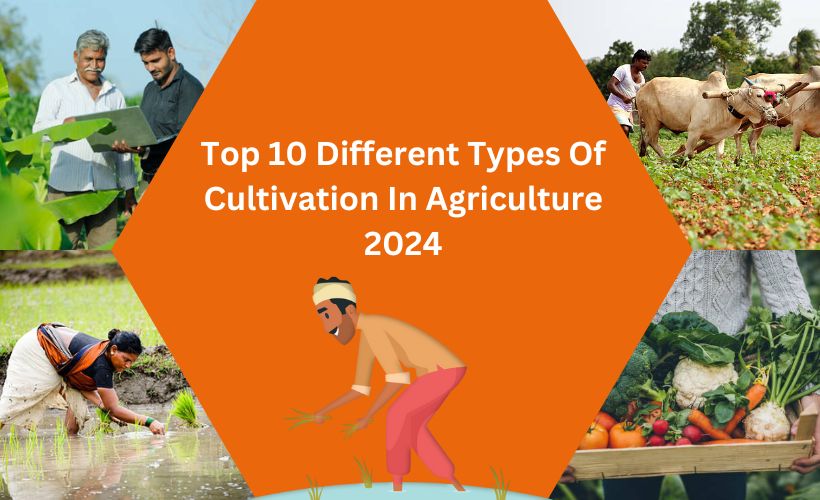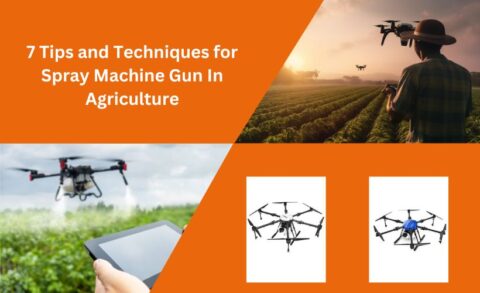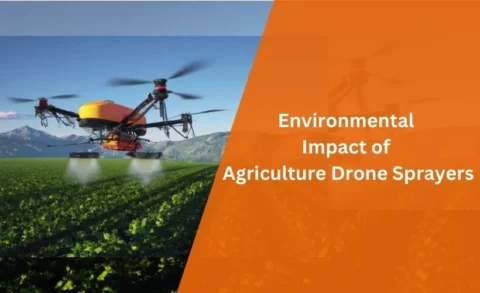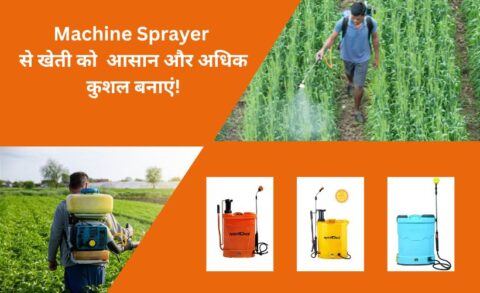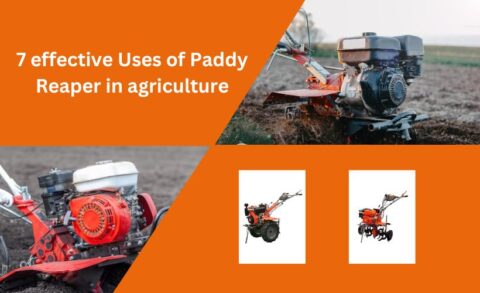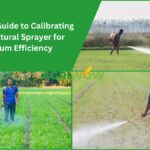Introduction
As we stand on the threshold of 2024, where innovation and tradition converge to shape the future of farming with various technologies like agriculture irrigation water pump drone sprayers, etc. In this pivotal year, agriculture stands at the forefront of global challenges and opportunities, navigating the complexities of climate change, population growth, and technological advancement.
As of 2024, the world’s population is still expanding, putting more and more strain on food production systems to feed billions of people sustainably. Forecasts indicate that by 2030, there will be more people on the planet than there are people on Earth, which emphasizes the critical need for creative agricultural solutions to guarantee food security for everybody.
In the face of these difficulties, technology shows promise and propels agriculture to previously unheard-of levels of progress.
To maximize output, decrease resource consumption, and lessen their influence on the environment, farmers in 2024 will have access to an abundance of tools and techniques, such as agriculture spraying drone crop monitoring systems, and precision farming technology.
We will examine ten different farming practices that are common in 2024 in this blog, emphasizing their applicability, advantages, and implications for agriculture’s future.
Cultivation farming:
The mainstay of traditional agriculture, cultivation farming entails the use of standard techniques like planting, harvesting, and plowing to cultivate crops in wide areas. Large-scale monoculture—the cultivation of one kind of crop in a single location—is made possible by this technique. To ensure maximum growth and productivity, agricultural irrigation water pumps are crucial in cultivating farming. They supply water to crops during dry spells. Agriculture sprayer machine are essential tools for controlling weeds and pests, which enhance crop productivity and health.

Mixed Farming:
The goal of mixed farming is to enhance resource utilization and diversify revenue streams by combining the raising of cattle and crops on the same property. Agricultural irrigation water pumps supply water to cattle as well as crops in mixed farming systems. Sprayers for agriculture have two purposes: they make it easier to apply agrochemicals to crops and manage pests and parasites in cattle. By promoting nutrient cycling and enhancing soil fertility, this integrated method raises total farm productivity.

Commercial farming:
This type of farming is centered on raising livestock or crops for the market, frequently on a big scale. To increase productivity and profit, this kind of farming mostly relies on mechanical processes and cutting-edge technologies. Large fields require the use of agricultural irrigation water pumps, while agricultural sprayers make sure that insecticides, fertilizers, and herbicides are applied effectively to maximize crop growth and quality. A vibrant and competitive industry driving agricultural productivity and innovation is commercial farming.

Organic farming:
By eschewing synthetic inputs like chemical pesticides and fertilizers, organic farming emphasizes ecological balance, biodiversity, and healthy soil. Using agricultural spraying drones, organic farmers may apply beneficial microbes and organic pesticides to their crops, boosting soil fertility and encouraging natural pest management.

Hydroponics:
This soilless gardening technique involves growing plants in nutrient-rich water solutions. While agriculture power weeders are used to apply foliar fertilizers and vitamins to plants, agricultural irrigation water pumps are crucial for supplying water and nutrients to hydroponic systems.

Vertical farming:
It is the practice of cultivating crops in layers that are piled vertically, usually inside or in controlled surroundings. In vertical farming, spraying drones are used to evenly administer fungicides and pesticides to crops while reducing the need for human labor.

No-Till Farming:
By minimizing or doing away with tillage activities, no-till farming maintains soil organic matter and structure while minimizing soil disturbance. In no-till farming, agricultural power weeder are used to mechanically pull weeds without disturbing the soil, lowering erosion and enhancing soil health.

Urban farming:
This type of farming uses underused sites, such as rooftops and vacant lots, to grow crops in urban areas. Drones that spray agriculture are used to manage pests, while irrigation pumps are utilized in urban farming to irrigate rooftop gardens and vertical farms.

Intensive Farming:
Usually carried out on small land holdings, intensive farming increases crop yields by utilizing large inputs of labor, water, fertilizers, and pesticides. While agriculture sprayers ensure the precise application of agrochemicals to maximize crops, weeders are employed in intensive farming to manage weeds and lower labor expenses.

Conclusion
The great variety of agricultural production techniques demonstrates the creativity and adaptability of farmers around the world in addressing the issues of environmental sustainability, economic viability, and food security. By adopting technological innovations like agriculture spraying drone and power weeders, sprayer machines, and irrigation water pumps, farmers can increase yield, save resources, and help create a more resilient and sustainable food system in 2024 and beyond.

